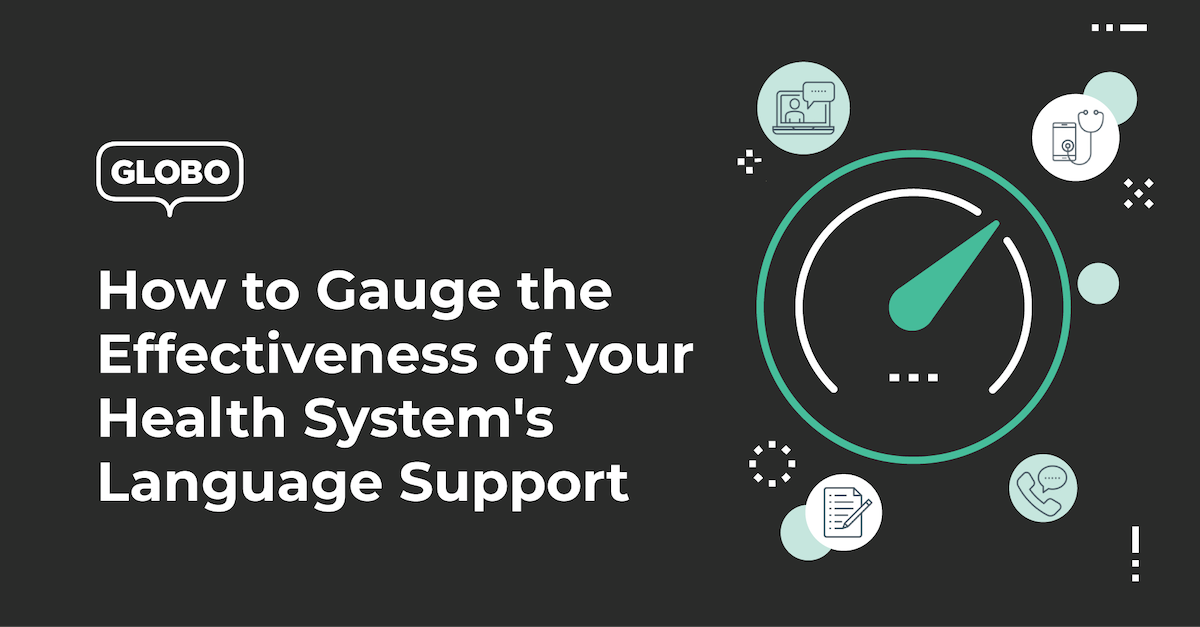Stay up to date.
Stay connected with tips, resources & stories on language access.

We know that the ability to communicate with patients is critical to quality healthcare. But simply utilizing a language support solution doesn't necessarily mean you're providing the best possible support—or seeing the positive impact you should.
The only way to know if your language solution is working is by tracking the results. Here are three key metrics to consider when measuring the effectiveness of your health system's language support.
Collecting patient satisfaction scores is a great way to track and measure how your patients feel about the services and experiences your facility provides.
However, if you're not looking at patient satisfaction scores by patient group, you won't see the whole story. In particular, it's important to take note of the scores among your limited-English proficient (LEP) patients. If your LEP patients' satisfaction scores are similar to or higher than those of your other patients, the odds are good that you are providing high-quality language access. Conversely, if the LEP patient population rates your services significantly lower than other patient populations, you may have a quality issue with your language solution that requires digging into.
Readmission rates are another key metric for healthcare facilities, especially when looking at the effectiveness of your medical interpreting and translation services. If your health facility's LEP population is experiencing higher readmission rates than other patient populations, it could indicate a communication issue between providers and patients. It's important to look at how your language support partner might be factoring into these occurrences.
Healthcare is complex, no matter what language you speak. Even patients with low levels of limited-English proficiency may need the services of a medical interpreter when discussing complex diagnoses and treatment options. If language support is only offered to those with high limited-English proficiency, or not at all, you may see a significant impact on readmission rates.
Provider efficiency metrics measure how long it takes to complete an appointment, as well as how long patients wait for an appointment. Less efficient solutions can interfere with a providers' ability to give top-notch care, as they may constantly feel rushed. Longer wait times and longer appointments also tend to reduce both patient and provider satisfaction. If your efficiency scores are low, scrutinize the entire LEP patient experience.
Look into any service level agreements made between you and your language services provider to ensure they're maintaining adequate connect times and quality standards. Additionally, you should request feedback from providers to ensure they are satisfied with your language solution. Are they able to easily access patient discharge instructions and aftercare? If they don't feel that language support is easily accessible or are dissatisfied with wait times, it may be time to reevaluate your language support. Each of these steps may seem small, but added together and multiplied by your entire LEP population can result in a major loss of efficiency.
Ensure you're providing the best possible care to your limited-English speaking patients and equipping your staff and providers with a quality language solution.
Discover why over 170+ healthcare customers trust GLOBO for language support.